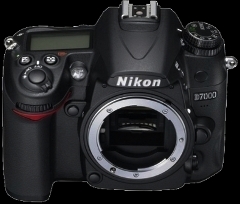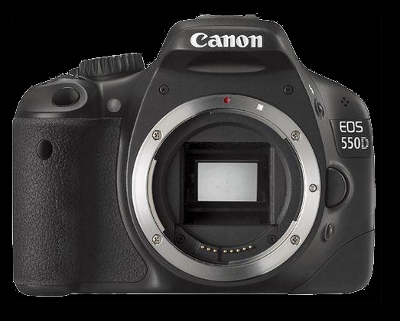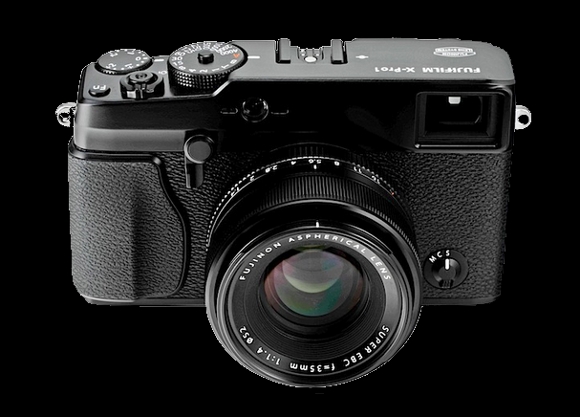Camera specs
Camera specs
Camera specs
Most serious digital SLR and Mirrorless camera included in the database.
Canon Dslr camera specifications
Entry level models from Canon 300d to the newest models (Canon 750/760d is not yet included)
Prosumer cameras from the Canon 10d to Canon 70d
Full frame cameras from Canon 5d to Canon 1Dx.
Nikon Dslr camera specifications
Nikon entry level cameras from Nikon d3000 to Nikon d3300
Nikon d5000 to Nikon d5300
Nikon d7000 to Nikon d7200
Pentax Dslr camera specifications
Sony Mirrorless camera specifications
Sony NEX and alpha cameras included SLT models as well.
Olympus Mirrorless camera specifications
Olympus had a Dslr line, after mostly mirror less models. Olympus and Panasonic called Micro 4/3 or Four Thirds system, both cameras has the same mount and the lenses can be used in both systems.
Panasonic Mirrorless camera specifications
Panasonic has mirrorless cameras in the Four Thirds system.
Fuji Mirrorless camera specifications
Mostly the newest/best Fuji X-trans sensored mirrorless cameras with Aps-c sized sensors.
Samsung Mirrorless camera specifications
Samsung also has some interesting mirrorless cameras.
Leica Mirrorless camera specifications
Leica also has some mirrorless cameras coming soon.
Explanation for the camera specifications
What are the parameters usually included in the camera specifications ? The basic informations are the weight and size of the camera, is it possible to attach different lenses to the camera or the camera has a fixed lens. If the camera has a fixed lens, the brightness, focal length of the lens.
Other most common information of the ISO range, which shows how capable the camera in low light, inside the room, or when high shutter speed is required in less than ideal conditions. But it is not that simple because for marketing reasons the manufacturers like to give broad iso range for the cameras which is not necessary usable, or not the whole range usable.
Sensor size is one of the biggest information of the camera, usually bigger is better in this case, but it is not so simple. In reality bigger sensors collect more light, and has less noise. The sensor is perhaps the most expensive part of the camera especially if the sensor is bigger. The most common formats are:
Middle format: 44 x 33mm or bigger
Full frame: 36x24mm or similar
Aps-C: 22.5 x 15mm or 23.6 x 15.6mm or similar
4/3 or Four thirds 18.7 x 13 mm
compact: 1/2.3″ (app 6 x 4mm) – most compact cameras has this sized sensor
Build quality is also very important, how comfortable to hold the camera, what kind of materials used, how durable is the construction, does it have some kind of sealing/waterproofing.
The autofocus system is the other thing to consider, how many af points has the camera, how fast and accurate is the system, it is also not so easy to consider if we never handled the camera. For dslr cameras usually cross-type autofocus points are better than the only one direction sensitive normal points. Usually the center point is the most reliable, which has sometimes even double cross-points system in the premium models.
For action shooters the buffer size and the continuous shooting speed is interesting. The continuous shooting speed shows how many frames the cameras can make per second. High end Dslr cameras can make 10 frames per second, but some cameras can make even a hundred. The buffer size shows how long this continuous shooting is possible. For example if the camera can make 7 shots per sec and the buffer size is 70 frames, than the continuous shooting session can lasts 10 seconds, after the camera slows down. Usually it is defined how many Raw, jpg or two files combined can be done. The speed of the memory card is also very important in this case.
Most cameras today can record HD video. There are different formats from 600×424 pixels to 4160×2160 pixels, the latter called 4K video. Originally HD meant 1280×720 resolution, Full HD meant 1920×1080 resolution. If we have a sharp enough lens, the higher resolution normally meant better movies or clips, certainly bigger. Other interesting thing is the frame rate in video. In 50 Hz Tv systems the 25 frames per second is the normal, for traditional movie look is the 24 frames per second. Frame rates of 50,60 or 120 frames per second is high frame rates for additional creativity not always present at all cameras.
Other thing to look at is the back LCD screen, how good the resolution of the screen and it is a fixed or articulated type. Some screens only tilt.
Some mirrorless cameras has viewfinders, while Dslr cameras has optical finders.


